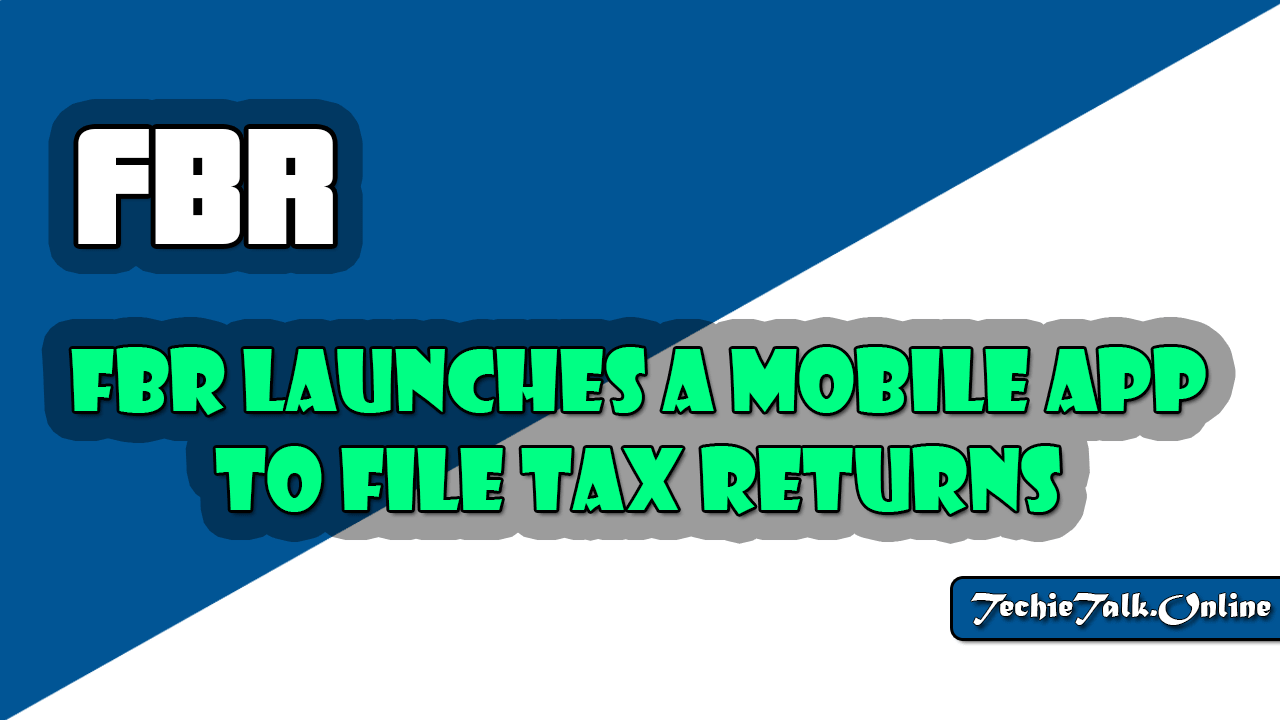
Risks Associated with Cloud Computing
Risks with Cloud Computing: The Term cloud computing has grown in popularity recently, but few agree on what it truly means.
For the purpose of the Security+ Exam, cloud computing means hosting services and data on the Internet instead of hosting it locally.
Some examples of this include running office suite applications such as Office 365 or Google Docs from the Web instead of having similar application installed on each workstation;
storing data on server space, such as Google Drive, SkyDrive, or Amazon Web Services; and using cloud-based sites such as Salesforce.com.
From an exam standpoint, there are three different ways of implementing cloud computing:
Platform as a Service: The Platform as a Service (PaaS) model is also known as cloud platform services.
In this model, vendors allow apps to be created and run on their infrastructure. Two well-known models of this implementation are Amazon Web Services and Google Code.
Software as a Service: The Software as a Service (SaaS) model is the one often thought of when users generally think of cloud computing.
In this model, applications are remotely run over the web. The big advantage is that no local hardware is required (other than that needed to obtain web access) and no software applications need to be installed on the machine accessing the site.
The best known model of this type is Salesforce.com. Costs are usually computed on a subscription basis.
Infrastructure as a Service: The Infrastructure as a Service (IaaS) model utilizes virtualization, and client pay an outsourcer for resources used. Because of this, the IaaS model closely resembles the traditional utility model used by electric, gas, and water providers.
GoGrid is a well-Known example of this implementation.



